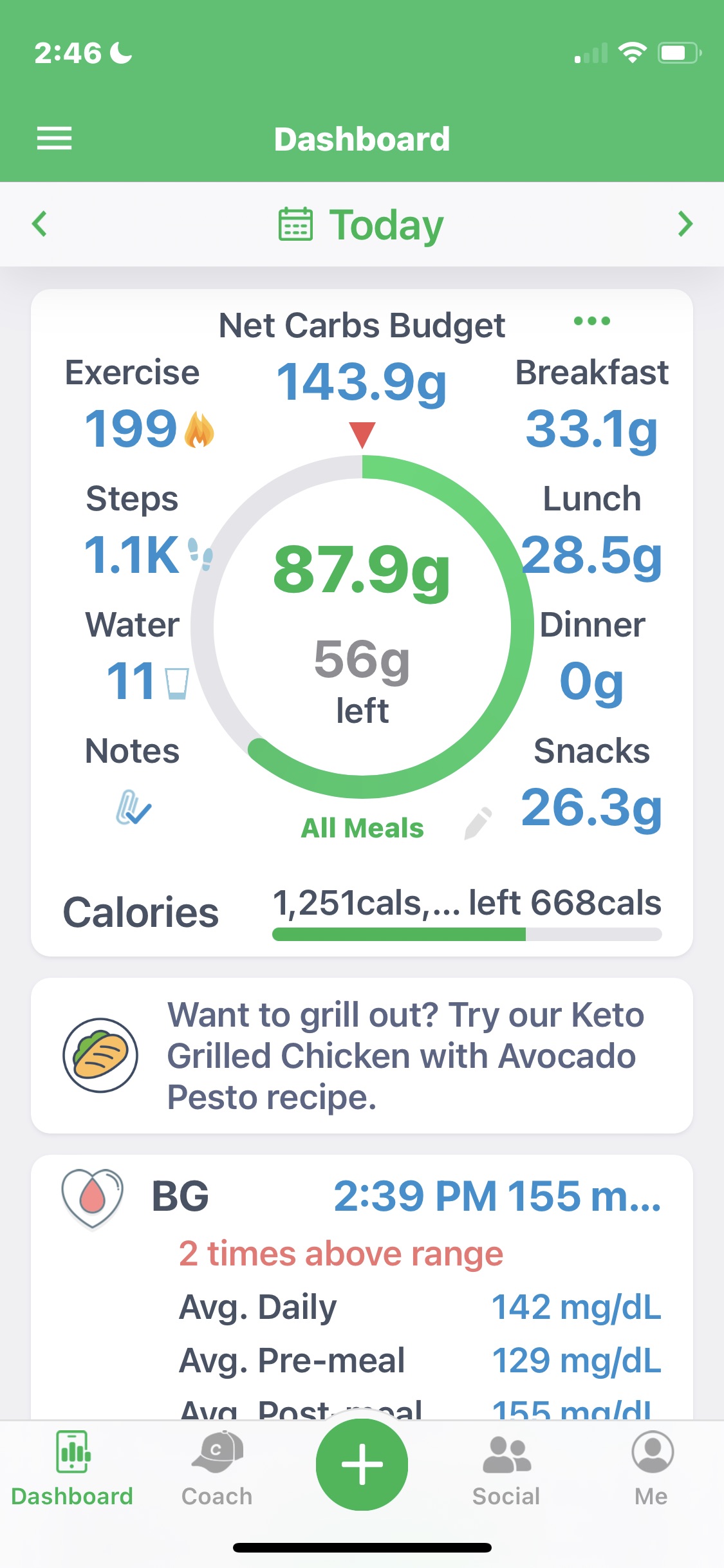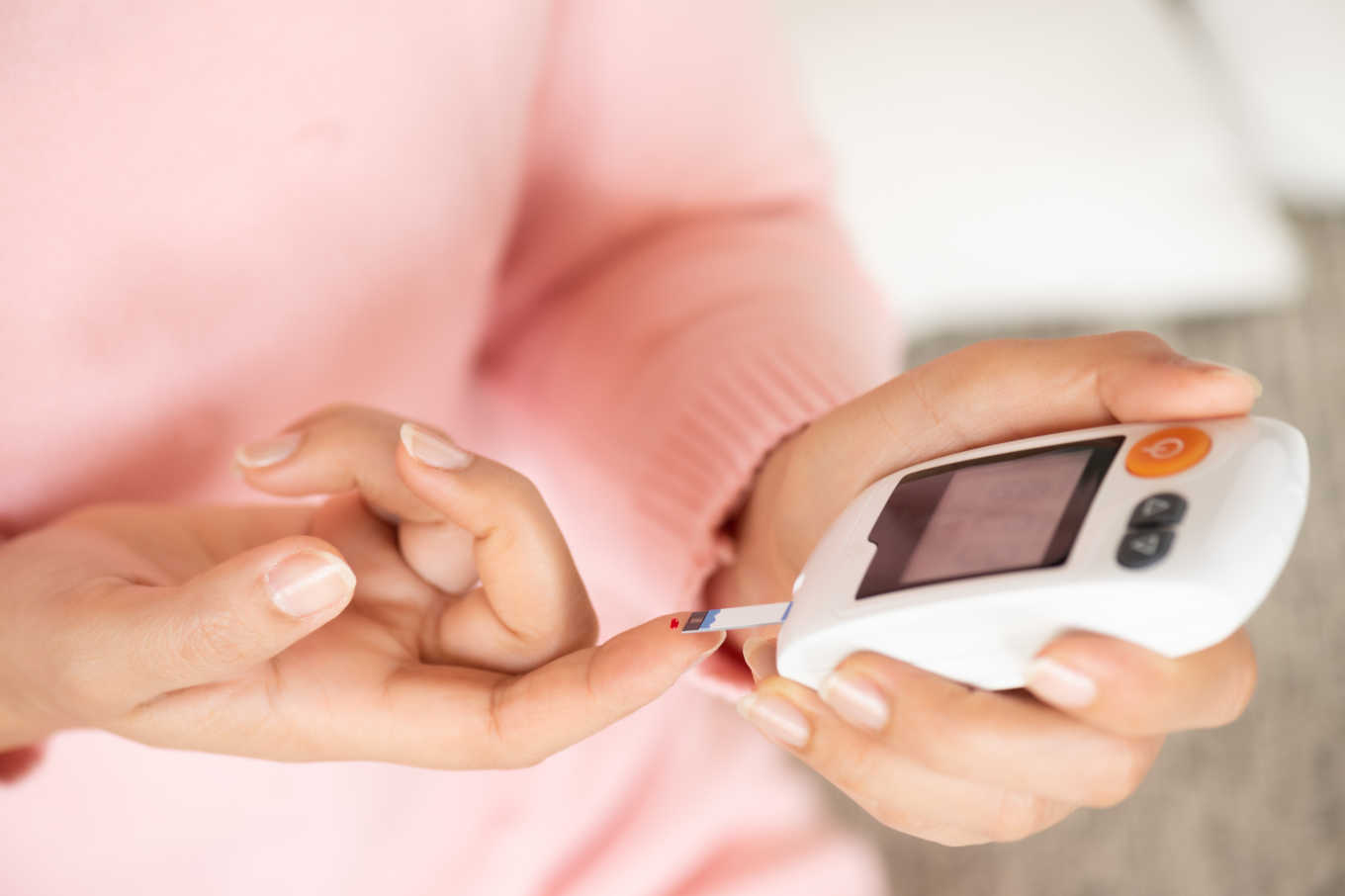Tried and true tips for testing your blood sugar
- 3 Minutes Read
Testing your blood sugar is something you can do to understand the role food, exercise, medication, and stress play on your blood sugar. These tips will ensure you know why, how, and when to test to help you feel your best and prevent complications.
Your doctor may have told you to test but not gone into depth about why testing your blood sugar is important.
Regular blood sugar testing and recording the results can help you see how your blood sugars stack up to your goal. Research shows that by keeping your blood sugar in target range (most of the time), you do your part to prevent complications such as eye, kidney, and nerve damage. Plus, most people feel best when their blood sugar is within the target range.
Test your blood sugar as recommended by your diabetes care team, using the target ranges provided to you. Below are general guidelines.
Fasting. Target: 80 mg/dL-130 mg/dL. Take your blood sugar after waking, after having no food or drink for at least eight hours (water okay). Usually the same as your "before breakfast" reading.
Before meals. Target: 80 mg/dL-130 mg/dL, assuming you have not had food or drink (except water) for the previous two to three hours before testing.
After meals. Target: < 180 mg/dL. Test one to two hours after the first bite of your meal., also called post-prandial glucose or PPG.
Bedtime. Target: 100 mg/dL-150 mg/dL. This range is appropriate for adults who take insulin or a diabetes medication with a higher risk of hypoglycemia (e.g., sulfonylurea or meglitinides).
The above blood sugar targets are from the American Diabetes Association. For additional information on testing your blood sugar and how this information relates to your overall diabetes management, check out this resource.
A low blood sugar is generally defined as less than 70 mg/dL. If you experience symptoms of hypoglycemia, then test your blood sugar to confirm and then treat by consuming fast-acting carbohydrate. Here's what to eat or drink to get your blood sugar up quickly.
The sides of your fingertips will hurt less than pricking the fingertip pads. Although many blood sugar meters allow "alternate site testing," such as on the forearm., be sure to use your fingertip sides if you suspect hypoglycemia.
Step 1: Wash your hands with warm soapy water and dry with a clean cloth or paper towel. This removes debris that can cause a falsely high reading. Various substances can cause a high reading, so always wash your hands before testing!
Step 2: Gently shake your hand below your waist to help encourage the blood to move into the fingers and get a good blood drop.
Step 3: Insert the blood glucose strip into your meter. Watch to make sure the meter has then turned on.
Step 4: Load a lancet into your lancing device. Used lancets get blunt, so they hurt more than new ones.
Step 5: Prick the side of your fingertip with the lancing device. You might need to make the prick deeper if you don't get enough blood. Find the dial on the lancing device that increases prick depth-often displayed with small to large dots. If you still need help getting a larger blood drop, you can "milk" your finger starting from its base. Avoid squeezing your fingertip for more blood; milking action is more effective. Hold your meter so the strip "sips" your blood like a straw.
Step 6: Meter display. When the blood sugar reading appears, does it also display the correct date and time? If not, then go into your meter settings and correct it. You need an accurate time stamp for your blood sugar records. Blood sugar meters should have a toll-free number on the back for assistance, or look online for how-to videos and instruction manuals.
Most meters have a shelf life of a few years, maybe less. Brands have different attributes. What is important to you? Big display? Small size? Requires less blood to read? Longer delay between strip insertion and required blood drop? If your health insurance covers testing supplies, using their preferred brand will often save you money.
Use clean, unexpired, unused strips. Keep the strips container closed and store at room temperature. Strips and meters can get damaged by extreme temperatures or by exposure to moisture. Only use strips that go with your blood sugar meter. Strips are the most expensive component because of the quantity needed over time.
Use lancets that are thin enough to be comfortable for your fingertip sides. Lancets go with specific lancet devices. Always use a new lancet with every finger prick for the least discomfort. Lancets are the least expensive component.
Always dispose of your test strips and lancets appropriately using a hard plastic medication container for regular trash disposal. However, if you use a biohazard container, you must dispose of this container according to local regulations.
The glucose control solution provided with the meter should test within a certain blood sugar range specified on the blood sugar strips container. If you suspect your meter or strips are bad, then test the control solution to see if the reading is within the specified range. Temperature extremes (e.g., checked luggage or a hot car), exposure to moisture, and expiration can cause incorrect readings. Discard strips or replace the meter if necessary.
Testing blood sugar in combination with food, exercise, and medication tracking is a powerful way to fully understand the nuances of your diabetes. MyNetDiary makes it easy to track all this information in one place, so you don't have to toggle between multiple apps or other record-keeping books.

Taking ownership of your blood sugar is key to feeling your best and reducing complications. Testing is an important element of understanding how lifestyle factors such as eating, activity, medications, stress, etc., impact your readings. Knowledge is power when it comes to your health!
Gain easier control over blood sugar with these diabetes tracking tips from MyNetDiary
Want to test your blood sugar without pricking your finger? Continuous glucose monitors make this a reality
This content was reviewed and updated by Joanna Kriehn, MS RDN, CDCES on August 20, 2022.
Still new to MyNetDiary? Learn more today by downloading the app for FREE.
Diabetes->Blood glucose